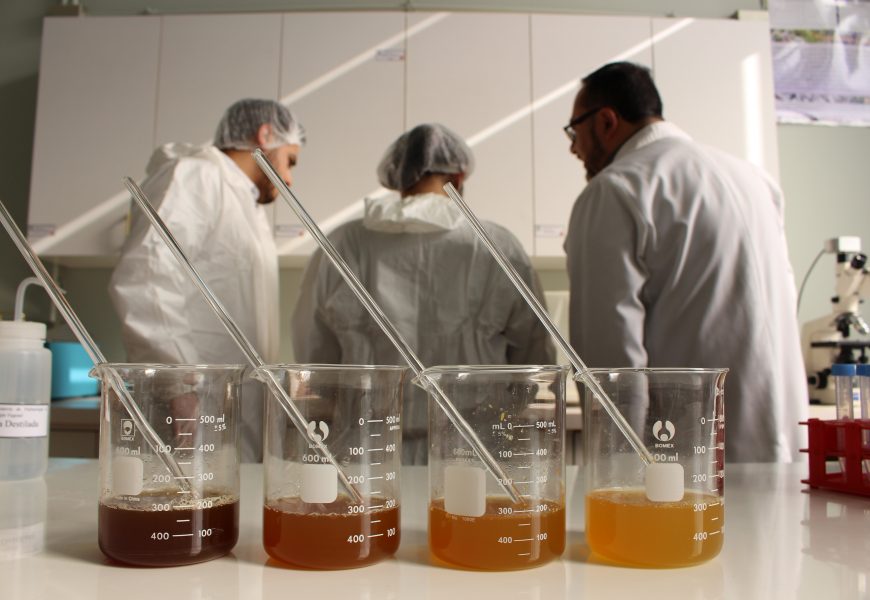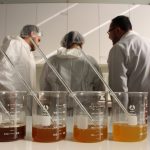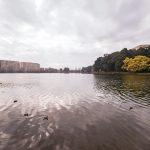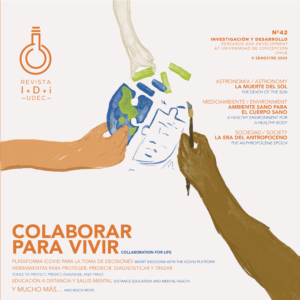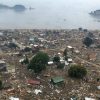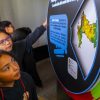By: Iván Tobar, journalist VRID UdeC / ivtobar@udec.cl | Images: GESE
The Silvo-ecological Studies Group in Natural and Exotic Forests (GESE) conducts multidisciplinary research on the ecosystem services of both timber and non-timber forests in Chile and abroad. One of its objects of study has been the native tree species quillay (Quillaja saponaria Molina) and its relationship with the environment.
The results of this team, based at the Los Angeles Campus of the University of Concepción, are highlighted by Dr. Mauricio Rondanelli Reyes, who explains: “We have studied five seasons of quillay honey production in the largest plantation of this species in Chile, located in Yumbel. In three of them (2020, 2022, and 2023), the Apis melífera produced monofloral quillay honey. However, in 2021, it was multifloral, with a predominance of other species, such as blackberry and the strawberry, which are more drought-resistant. Indeed, that year, the quillay’s flowering season faced an extremely dry period, which caused it not to bloom enough, decreasing the availability of nectar and pollen. Hence, the honey bee had to resort to other floral sources.”
The team of researchers hopes to increase the responsiveness to pollen count and honey samples, which involves many hours of work under a conventional optical microscope. Therefore, since 2021 and thanks to the award of a Fondef IDeA, led by Dr. Juan Pablo Staforelli, there has been an association between researchers from the Faculties of Physical and Mathematical Sciences and Engineering UdeC and the U. San Sebastian with Dr. Pablo Coelho. The aim is to “develop improvements to this type of analysis through specialized microscopy software, implemented with artificial intelligence. We are waiting to be able to award a new Fondef on this subject in 2024,” Rondanelli details.
Transferring knowledge
All this has taken place at the ‘El Corderito’ farm in the commune of Yumbel, Biobío province, owned by the Colbún company, where honey production has a potentially high economic relevance. Dr. Rondanelli, also Head of the Laboratory of Palynology and Plant Ecology, explained that “perhaps the most important specific objective in the projects is to transfer all this specialty scientific information to the area’s local community, to beekeepers, but also the community in general, in layman’s terms, so that they can use these data, understanding that with it they substantially improve their activity.”
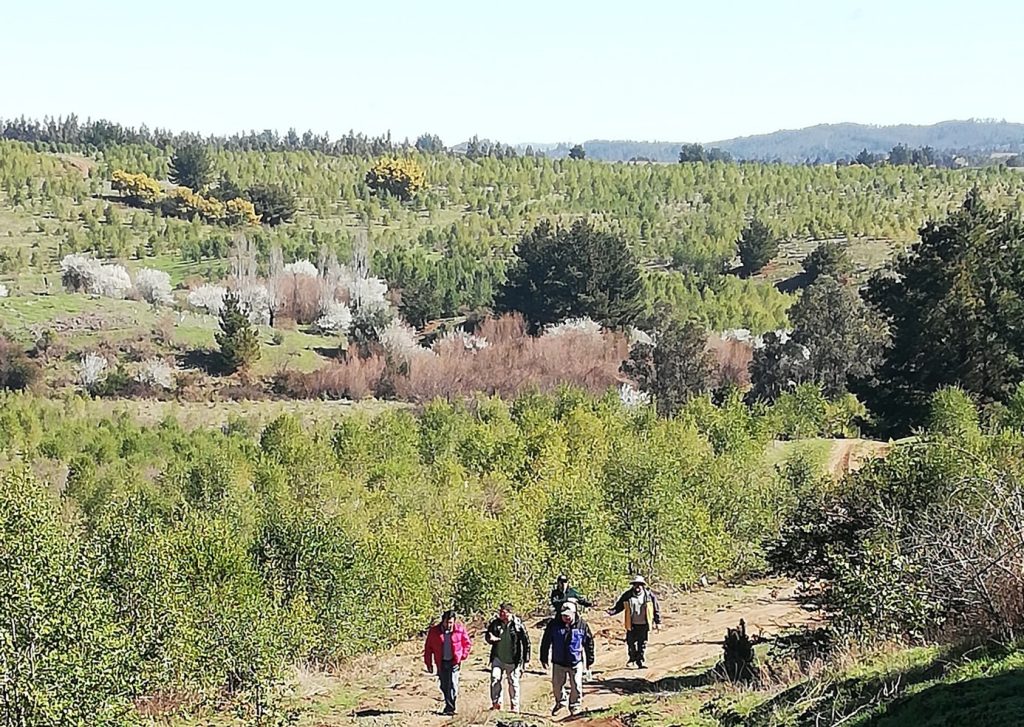
The honey produced in our country, especially from native and endemic flora, apart from having proven nutritional properties, is also very well received in international gourmet markets. Thus, this project, the researcher mentions, “strengthens local production by supporting a product certified in terms of its floral content, which gives us a guarantee of authenticity and origin, especially today, when the issue of food safety is gravitating depending on the consequences of climate change, with the scarcity of resources and with the unfortunate alteration of products.”
Exporting knowledge
Rondanelli and the academic staff from the Department of Plant Sciences and Technology, Fabián Milla Araneda, Eduardo Navarrete Espinoza, and Pablo Novoa Barra, point out that from a global point of view, this study contributes to demonstrating the role of natural ecosystems in the context of climate change. “The wooded masses, in this case, help recover the environments, for example, through the sequestration of CO2 or favoring the restitution of a more sustainable water system, especially in such sensitive ecosystems as the inland rainforest of south-central Chile.”
The challenges are global, and the knowledge produced in Chile can be transferred and applied to other latitudes and vice versa. In this case, the GESE maintains, for example, collaborations with colleagues from Central America. “Many other countries have native honey species that contribute to their national production and, for that reason, we took our results – preliminary, but quite advanced – to the National Forestry Congress in Guatemala last year.”
”With colleagues” from the Dominican Republic, Rondanelli mentions, “We have already been maintaining contact and working together in forestry aspects for several years, with a cooperation agreement between universities included, with fascinating species such as cocoa, for example.”
Last modified: 3 de septiembre de 2025
